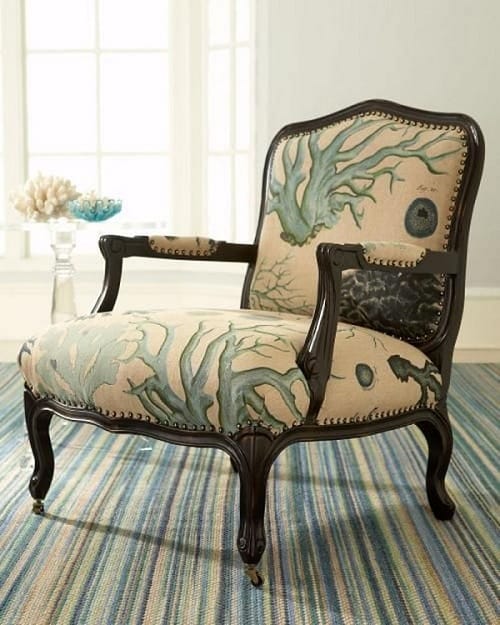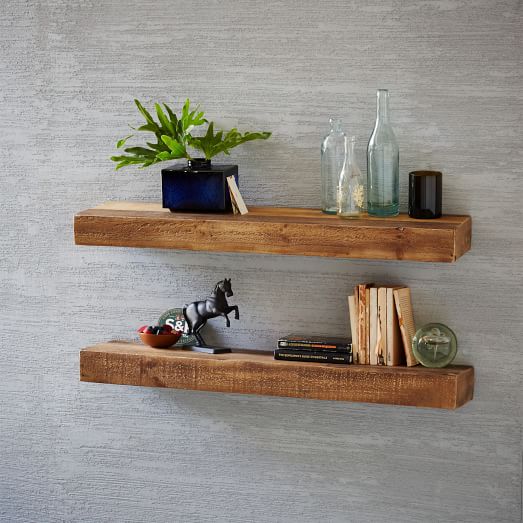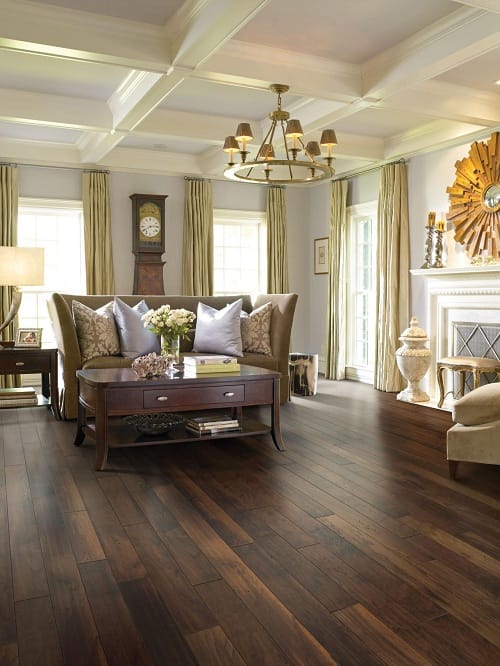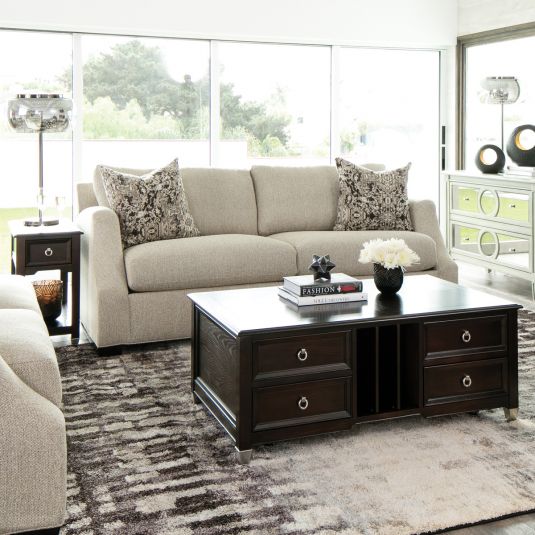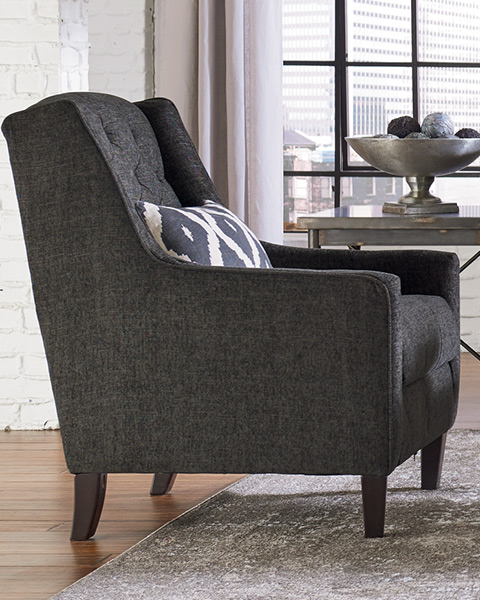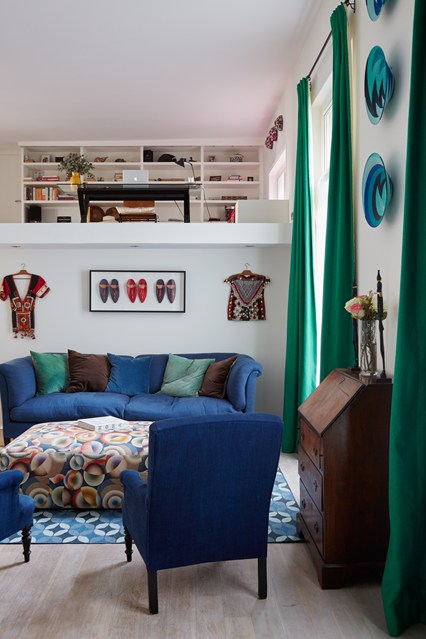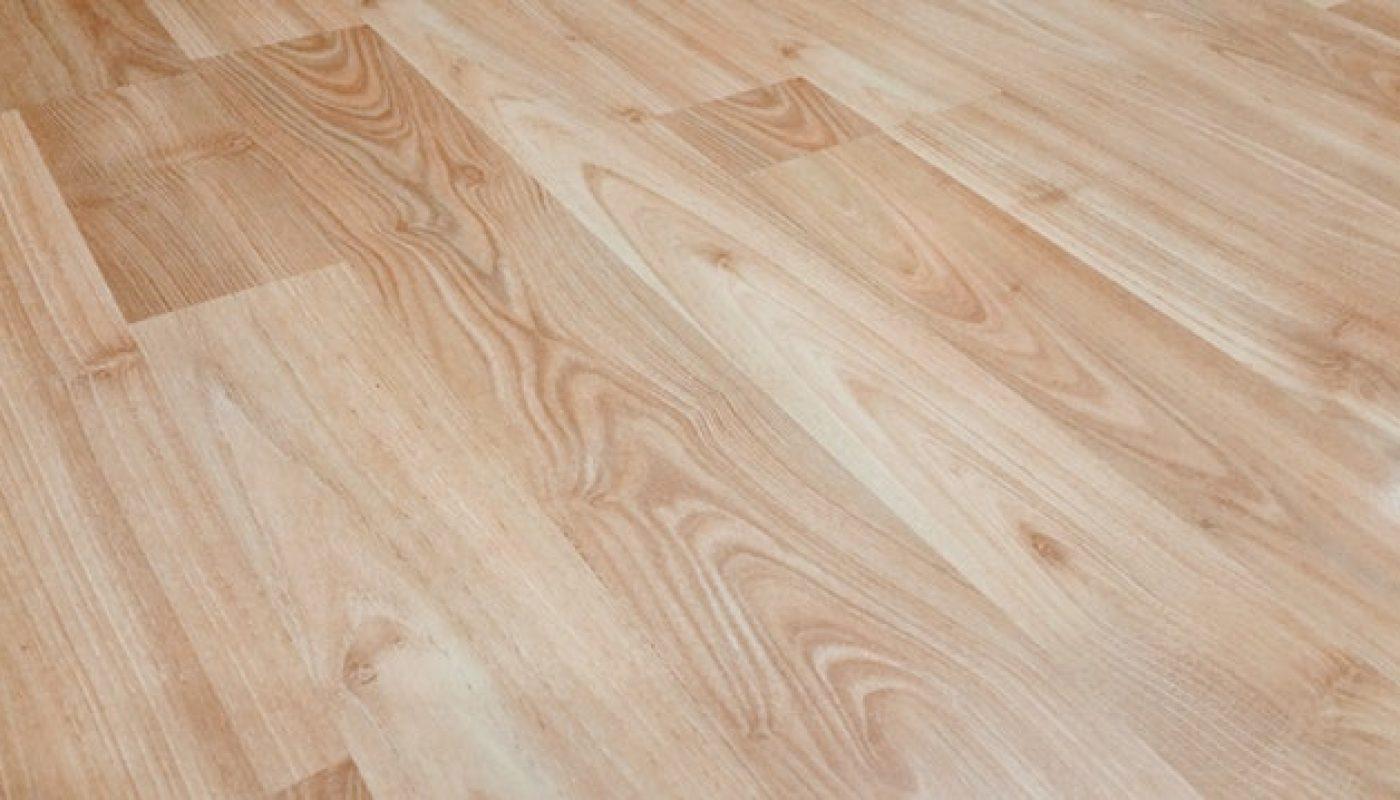
Photo by Digital Buggu from Pexels
Are you considering new flooring for your home, but not sure where to start? You may be wondering if it’s worth it to install new floors, or if it’s better to refinish hardwood, repair old tile or fix a stained concrete floor.
To help narrow down your options, consider your budget and get some samples and swatches to try out different materials and styles in your home.
Here are some popular types of flooring — and the benefits each one has to offer — to help you get started.
Carpeting
Carpet is one of the most versatile options for flooring, available in a large variety of colors, textures, and materials. The warmth and comfort of carpeting make it an appealing choice for many homes.
Check the fiber density of carpeting to determine the quality. A higher fiber count per square inch means a more durable, long-lasting carpet. Some carpet brands have a rating system from 1 to 5 to help measure durability.
Laminate
Laminate floors can be a good option if you like the look of hardwood floors, but you’re looking for something less expensive. The technology used to create laminate flooring can make it look almost identical to real wood, but at a fraction of the cost.
Vinyl
Vinyl flooring is another cost-effective option that comes in a variety of colors and patterns. Its strong but flexible surface requires minimal maintenance.
Keep in mind however that low-quality vinyl can look cheap, so opting for higher quality, slightly more expensive varieties can result in better-looking, more durable material.
Hardwood
Most hardwood floors are made from oak, walnut, or cherry, but can also be found in other solid types of wood.
Hardwood flooring can be purchased either with pre-finished wood (with the finish applied before installation) or unfinished, requiring sanding and finishing after installation to add shine and protect it from moisture.
Tile
Ceramic tile comes in a wide variety of colors and textures, making it one of the most versatile options for home flooring. To create the tiles, a combination of clay and shale is fired in a kiln to produce hardened ceramic, and pigments can be added during the process to create custom colors.
Some different types of tile available include glazed ceramic, quarry, porcelain, and terracotta tile.
Polished Concrete
Polished concrete can add a sleek, fresh look to a modern home. To add variety to plain, grey concrete, the surface can be finished with stains, dyes, and other treatments to add unique colors and textures.
Bamboo
Bamboo is an environmentally friendly and sustainable flooring option that can help create a warm, inviting look in your home. Natural bamboo has a very light color, and finishing treatments can be added to mimic the appearance of other hardwood floors.
The process to grow and replant bamboo is far less costly and time-consuming than that of hardwoods, since it comes from the grass family, rather than trees that can take decades to mature.
Stone
A high-quality, luxury option for flooring is stone, including varieties like marble, granite, limestone, and slate.
Stone flooring is durable and long-lasting but will need to be sealed and finished every few years to maintain its condition and attractive appearance.
Linoleum
Linoleum flooring has evolved since its frequent appearance in 1970s kitchens, with varieties now available in expanded colors, patterns, and textures. Linoleum is also an eco-friendly material, made from biodegradable materials like cork and linseed oil.
As outlined here, there are many options for flooring, each with unique qualities and benefits. When considering the best type of flooring for your home, be sure to consider your budget, lifestyle factors, and most importantly, your personal taste and preferences.
